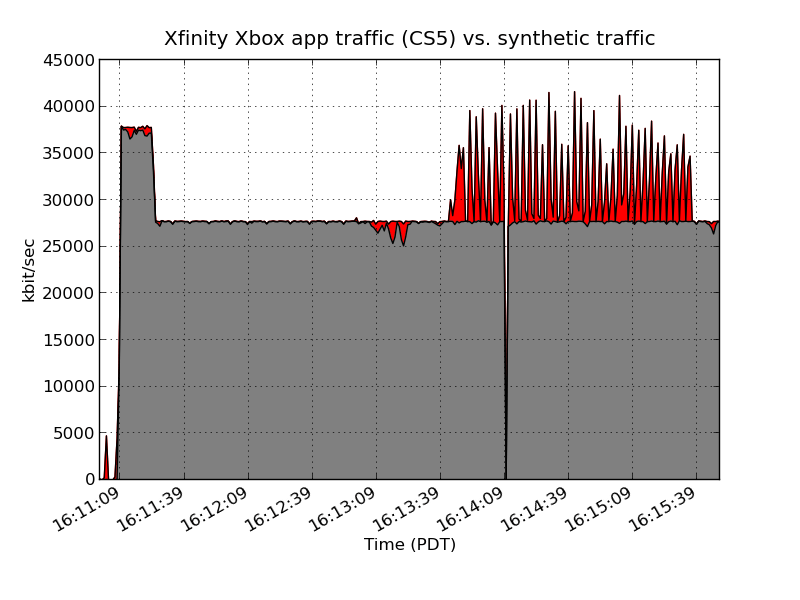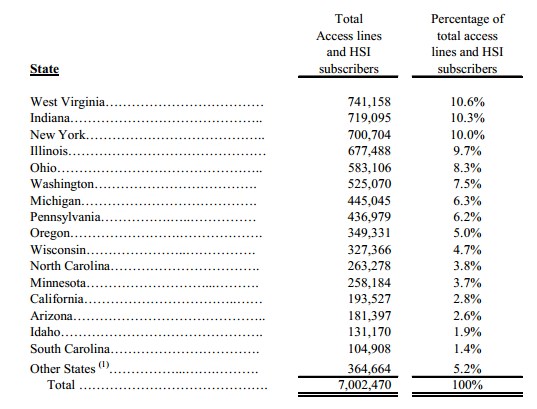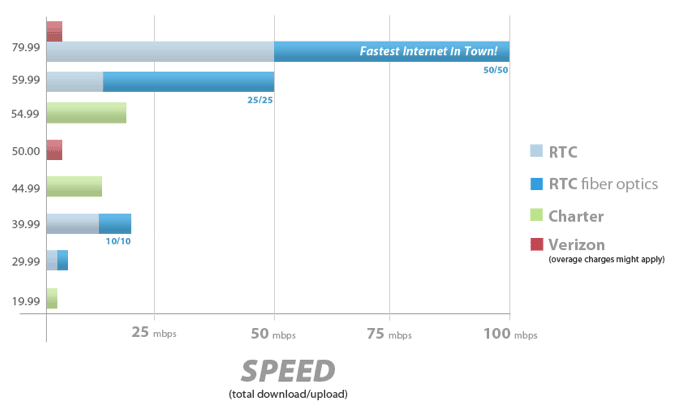Frontier Communications will not roll out a national IPTV service to compete with cable operators in all of its service areas, but is still exploring its options for providing pay-TV service in larger cities.
That decision, announced by executive vice president and chief financial officer Donald R. Shassian, came at last week’s Global Technology, Media, and Telecom Conference sponsored by Wall Street investment bank J.P. Morgan.
Shassian used the occasion to clarify remarks made during the company’s first-quarter results conference call, which caused some shareholders and analysts concern about the company’s lackluster performance, capital spending plans, and company debt that will come due early next year.
Shassian said Frontier will not deploy U-verse-like IPTV service across its entire national service area, but is considering the future option of delivering the service (and better broadband speeds) theoretically in selected markets.
Shassian also raised the prospect of modifying part of its acquired fiber-to-the-home FiOS network to fiber to the neighborhood technology that companies like AT&T are currently using. But for the foreseeable future, most Frontier customers will have to subscribe to satellite television if they want a video package with their home phone and broadband service.
Stop the Cap! was the first to report Frontier was considering licensing AT&T U-verse to use in selected larger markets where the company has lost considerable ground against cable competitors that deliver consistently faster broadband service.
Wall Street reaction to the proposal has been negative, with concerns Frontier will need to spend hundreds of millions, if not billions, to deploy such a network.
Shassian sought to distance the company from any suggestion they will further increase spending on network improvements. In fact, Shassian says Frontier will end its broadband expansion program, and the extra spending to pay for it, by 2013.
“Our capital expenditure spending will decrease in 2013 as the geographic broadband expansion of our network concludes,” Shassian said. “We expect capital expenditures to drop by approximately $100 million in 2013.”
In lieu of national IPTV service, Frontier remains committed to its resale partnership with satellite TV provider Dish Network. But Shassian did admit U-verse technology is among the options the company is exploring to remain competitive.
Surprisingly, Shassian also said the company was considering partially modifying its acquired FiOS network in Indiana and the Pacific Northwest, because of the cost savings it could deliver.
“We have been evaluating alternative platforms which could generate savings from capital expenditures, video transport and even content costs that can be significant to the FiOS video market business,” Shassian said. “I want to be clear that we have no plans to deploy IPTV across our nationwide network and therefore do not see upward CapEx pressure from any potential changes in our facilities-based video strategy.”
Asked about the potential cost savings afforded by swapping out FiOS technology for IPTV fiber to the neighborhood service, Shassian said it could open the door to expanding service in areas where existing copper-based last mile network facilities can sustain a minimum of 20Mbps broadband service. Frontier claims 1.9 million homes in its service area can receive 20Mbps today, of which 600,000 are currently within a Frontier FiOS service area.
“If we changed, we may have to change out set top boxes on [existing FiOS customers],” Shassian said.
In this clip, Frontier Communications’ executive VP and chief financial officer Don Shassian speaks to a J.P. Morgan investor conference in Boston about the company’s broadband and IPTV plans. (May 15-17, 2012) (4 minutes)
You must remain on this page to hear the clip, or you can download the clip and listen later.
The implication of substantially altering the company’s existing fiber-to-the-home network baffled some analysts.
One, who talked with Stop the Cap! asking not to be attributed, suspects Shassian’s role as a financial officer at Frontier may explain part of the mystery.
“He’s not the chief technology officer, and I suspect he is partly confused about the different technologies,” the analyst explains. “I can’t see Frontier tearing down their current network, but it may make sense for them to switch technology strategies when considering if and where they can expand their network.”
“Frontier’s first quarter results were more than disappointing, and the company is being exceptionally cautious about anything that requires spending right now,” the analyst said. “The next shoe to drop is another dividend cut, which would kill the stock in the market, and if we think Frontier will spend a billion to improve its network, that dividend is going down.”
Our source says he does not have much confidence in Frontier’s current management.
“They talk a nice story, but the numbers never finally add up,” he says. “Rescuing wireline is expensive and companies always promise it will cost incrementally little to expand revenue-enhancing broadband to their rural customers, but if that were true, the companies would have already done it, and without significant spending they have not.”


 Subscribe
Subscribe















